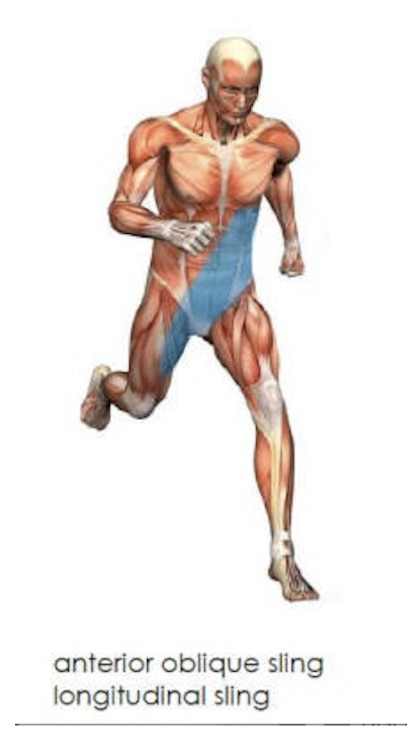Strengthening the Anterior Oblique Sling for Pelvic Floor Rehab
Jul 06, 2023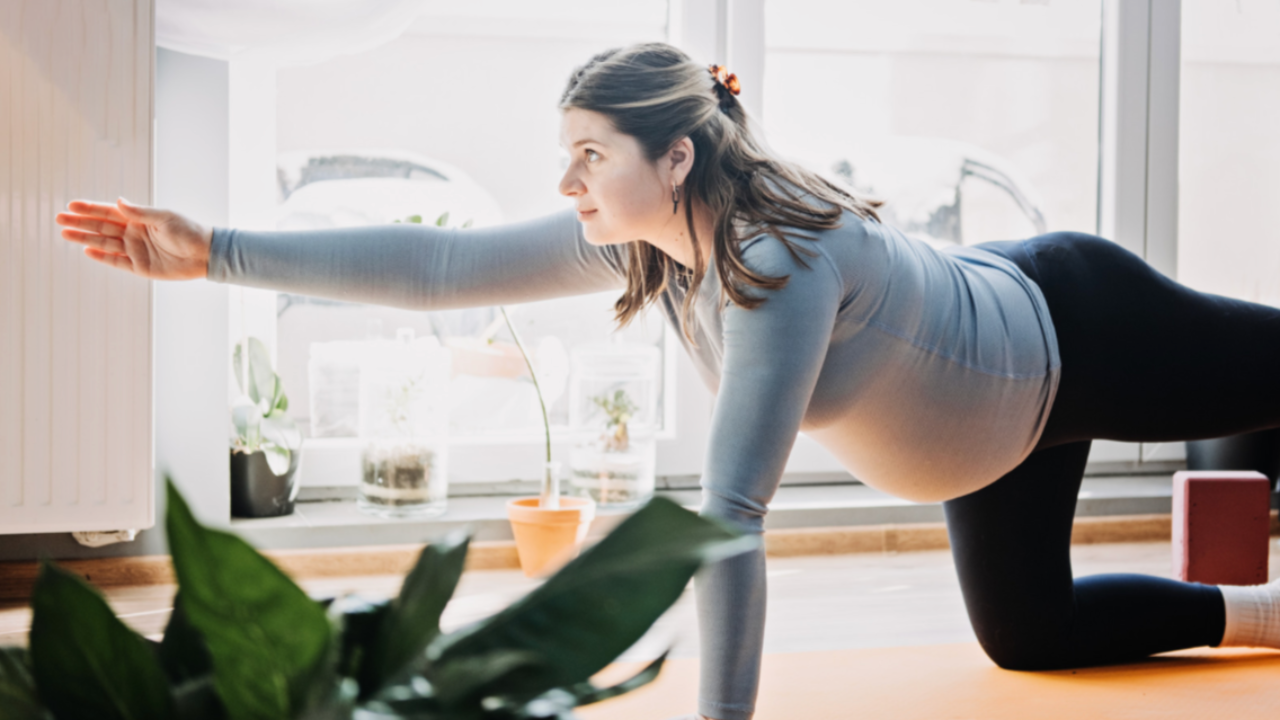
One part of pelvic floor rehabilitation is getting connected to our local, inner core unit which is outlined in a previous blog post. That consists of our transverse abdominis, multifidi, diaphragm and our pelvic floor muscles. The next step is to add in larger, global muscle systems like the anterior oblique myofascial sling to relate it to functional movement. Every one of my clients would benefit from restoring this connection especially if they experienced a c-section, vaginal delivery, abdominal wall separation (diastasis recti), prolapse, urinary incontinence, back/hip/groin pain. This blog will outline what the anterior oblique sling is, how it works and some exercises to work on strengthening that connection.
The anterior oblique sling consists of the external oblique, the opposite side internal oblique, adductor group and intervening abdominal fascia. This forms a diagonal sling-like relationship of muscles across the front of the body from the torso to the opposite leg. Slings can also be known as chains or loops. Why is this so important? Myofascial slings connect and transfer forces across the body, and in this pattern particularly, helps with rotational movements. It also provides stability at the same time to transfer those forces. The demands are great on this system with sports like tennis, soccer, baseball, golf, and any type of running. With the conditions listed above, especially pregnancy and c-section, these can make this connection that much harder which is why we work diligently to restore this. Below are examples of exercises addressing the anterior oblique sling.
1. Dead Bug with opposite arm/knee press: Aim for 3x5 on each side work your way up to 3x10.
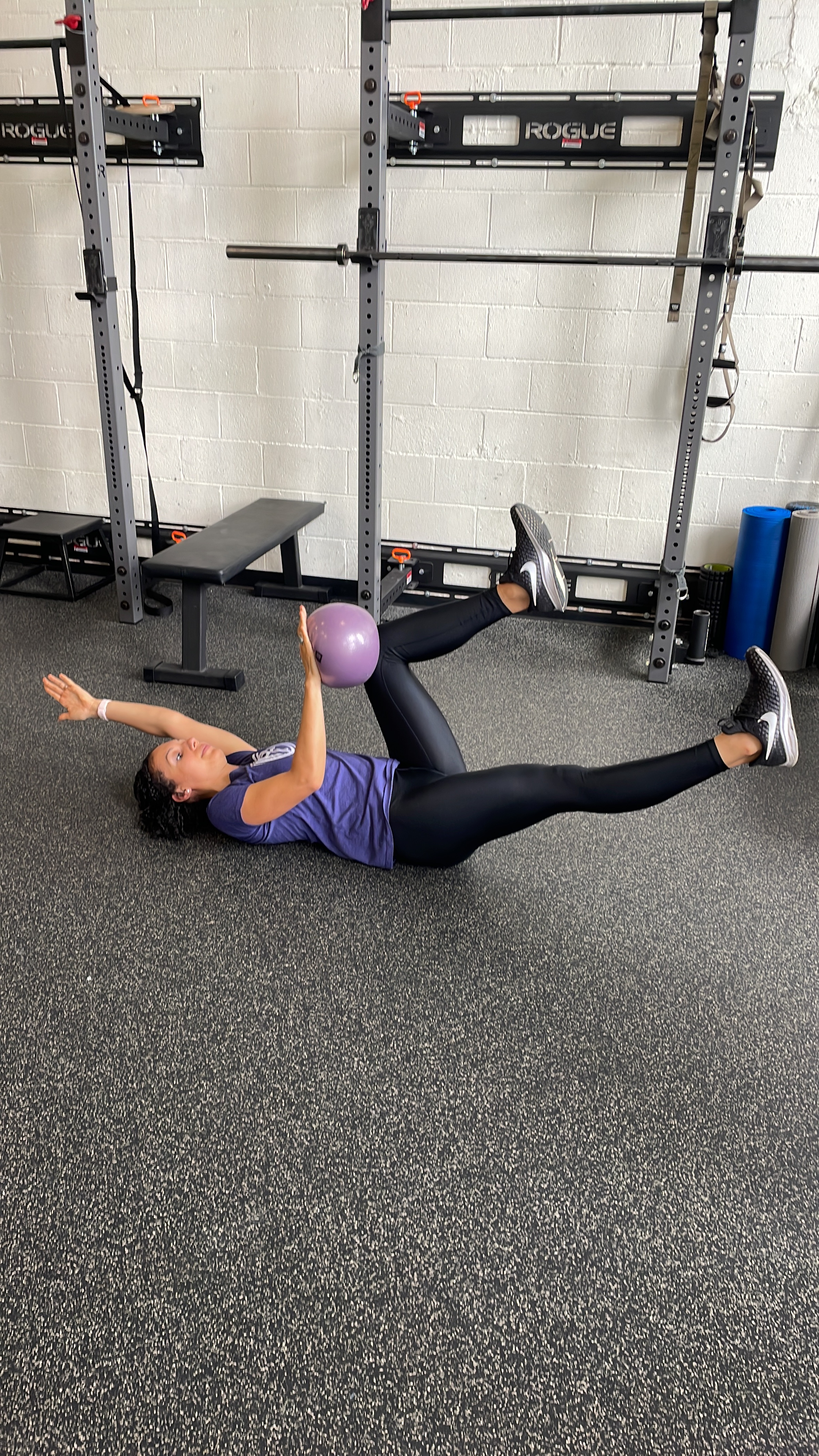
2. Copenhagen: Aim for 3x30 second hold, work your way up to 30-60 seconds. If you have pain and cannot hold, begin with a 3-6 x 10 second hold.
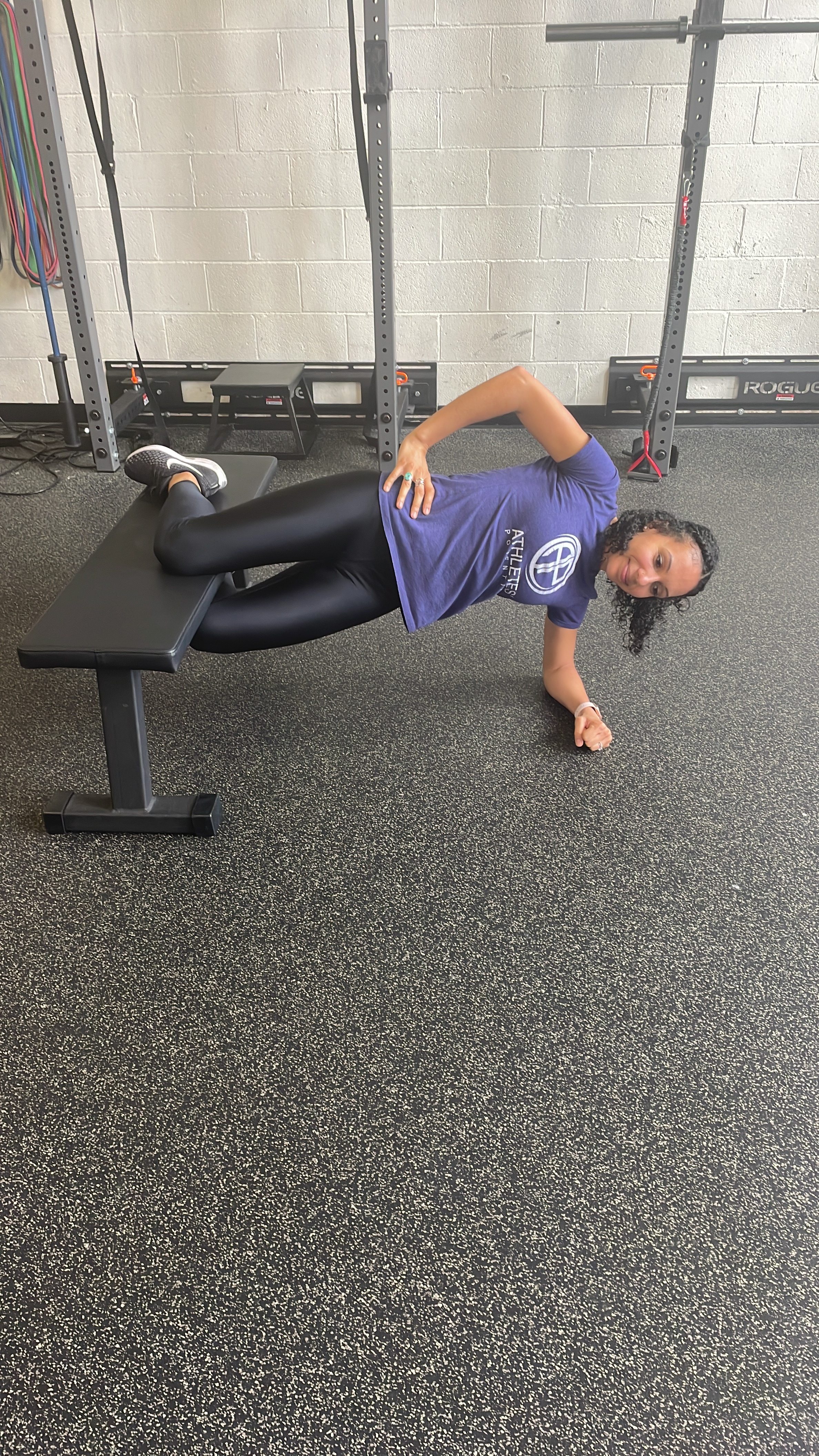
3. Pallof Press with Rotation: Aim for 10-20 repetitions each side, working up to 3 sets. Exhale as you rotate away from the anchor point.
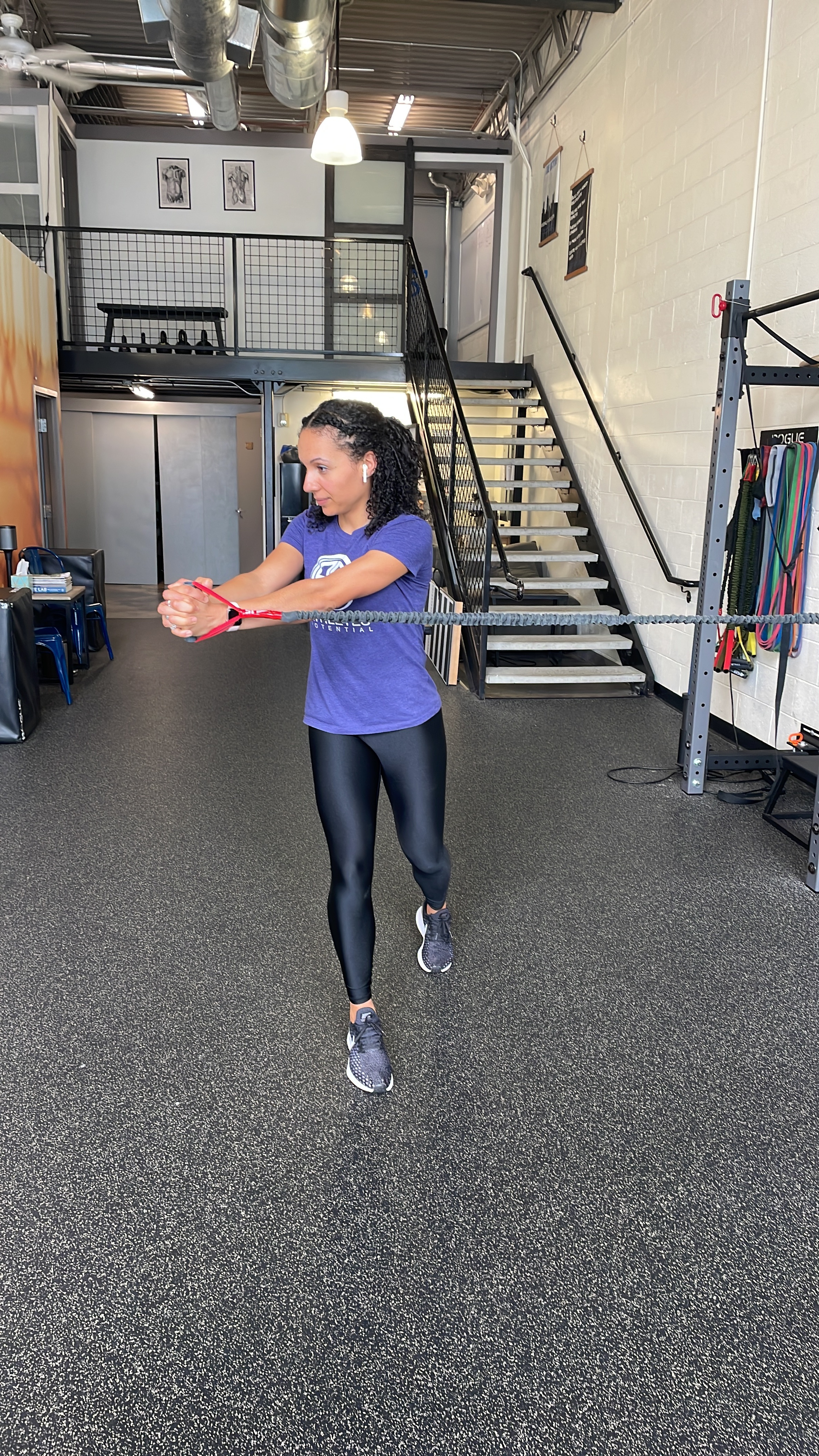
These are great exercises to add to your core routine, but if you feel like you are holding your breath, are compensating or experience pain with these, come see us in our Decatur clinic to see so we can modify or adjust your program based on your personal needs.
In health,
Dr. Krystal PT, DPT, CMTPT, RYT-200
Let us help you figure out to live your best active life today!
Remember, Movement is Medicine!

